tsiklonaut
Well-known
It had been a long dream to reach to the jewels of the North Atlantic Ocean on two wheels.
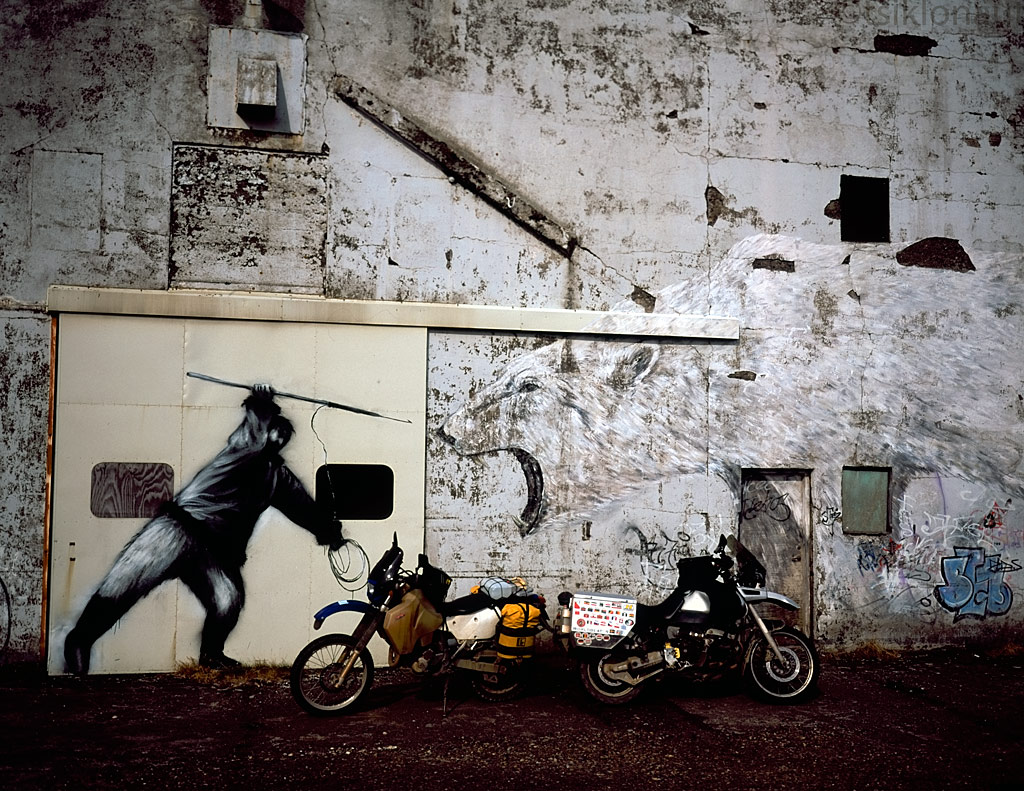
My wife Kariina had just received her bike license and it seemed like a good chance to put it to the test. Iceland is remote enough for gaining that decent off-road experience, yet it has sufficient infrastructure in case something goes wrong.
Wife has a small Suzuki DRZ 400. I ride my old trusty BMW R1100GS iron horse that I've had a dash in over 80 countries and on 6 different continents on Earth, with nearly 300 000 kilometers on the clock. Despite it looks like crap and it's a laughing stock for the young generation of hipster bikers it's going strong and ready for another 300Ks of adventure before needing any major overhaul.
This time I decided to take a different approach on documenting it. I had "forgotten" my nice and very practical digital camera home, fully intentionally. I always wanted to do one trip purely with my set of film cameras as an experiment, with just a stash of film rolls with me. Mainly to be able to root the perfectionist out of me and take things as they are - think before taking a picture and don't count on technology, only count on yourself and your skill. Thus not exacly your "the latest and the greatest" gadget infested nerd ride report but a proper oldschool way of documenting things. I had my trusty Pentax 67, my main workhorse that is around as old as I am and still going strong, plus cameras that were new to me: Fuji GA645i rangefinder and Soviet Horizon 202 panoramic camera for those proper unmanipulated panoramic shots. I had color and black & white films with me. Most pictures aren't even cropped, I scanned them full frames as you'd see inspecting the film in your hands against the light.
Sice this dying art of presentation is long forgotten in todays fashionable digital age where everything must be done in a hurry and in rush, I highly recommend to do the exact opposite: take this RR slow, view one picture at the time to absorb visual beaty and the atmosphere presented for the selected scene and the according type of the film media. I've used color slides, color negatives, black & white and also specialities such as the b&w-infrared and color-infrared films, hence a wide spectrum of different presentation media "blends" that beg not to be rushed through.
The Atlantic islands offer plenty of adventure, for the mototravellers and for the travelling analog cameras...
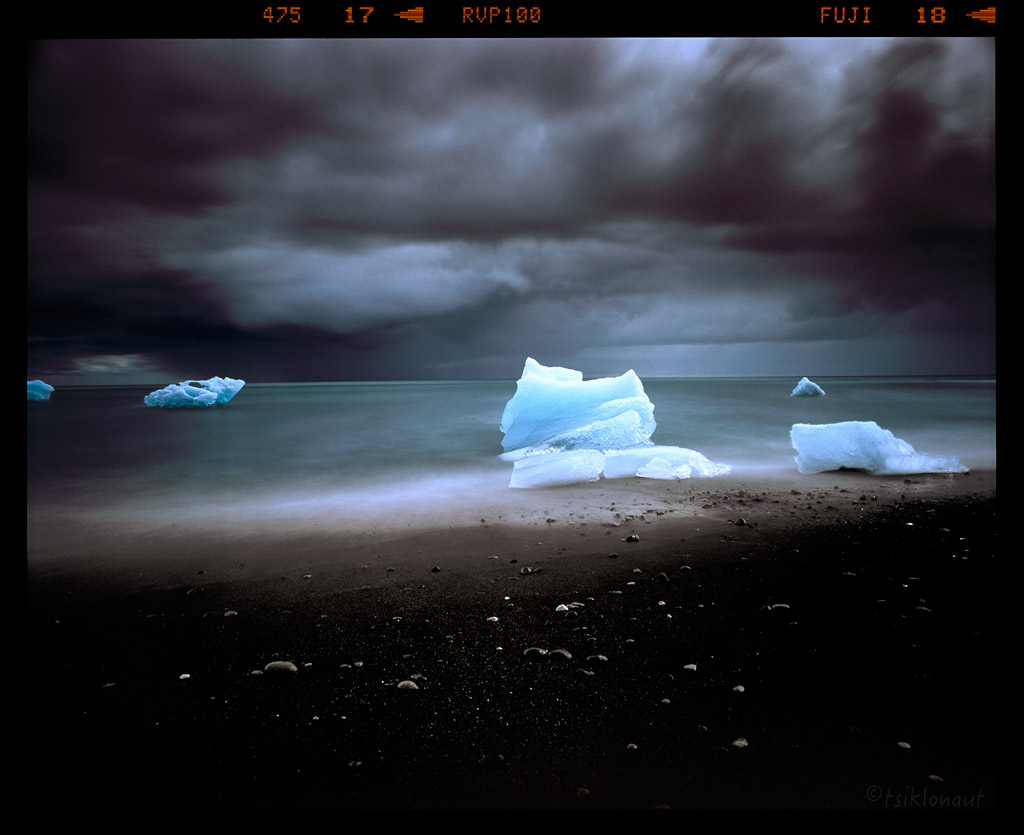
Cold Touch by tsiklonaut
More to come...

My wife Kariina had just received her bike license and it seemed like a good chance to put it to the test. Iceland is remote enough for gaining that decent off-road experience, yet it has sufficient infrastructure in case something goes wrong.
Wife has a small Suzuki DRZ 400. I ride my old trusty BMW R1100GS iron horse that I've had a dash in over 80 countries and on 6 different continents on Earth, with nearly 300 000 kilometers on the clock. Despite it looks like crap and it's a laughing stock for the young generation of hipster bikers it's going strong and ready for another 300Ks of adventure before needing any major overhaul.
This time I decided to take a different approach on documenting it. I had "forgotten" my nice and very practical digital camera home, fully intentionally. I always wanted to do one trip purely with my set of film cameras as an experiment, with just a stash of film rolls with me. Mainly to be able to root the perfectionist out of me and take things as they are - think before taking a picture and don't count on technology, only count on yourself and your skill. Thus not exacly your "the latest and the greatest" gadget infested nerd ride report but a proper oldschool way of documenting things. I had my trusty Pentax 67, my main workhorse that is around as old as I am and still going strong, plus cameras that were new to me: Fuji GA645i rangefinder and Soviet Horizon 202 panoramic camera for those proper unmanipulated panoramic shots. I had color and black & white films with me. Most pictures aren't even cropped, I scanned them full frames as you'd see inspecting the film in your hands against the light.
Sice this dying art of presentation is long forgotten in todays fashionable digital age where everything must be done in a hurry and in rush, I highly recommend to do the exact opposite: take this RR slow, view one picture at the time to absorb visual beaty and the atmosphere presented for the selected scene and the according type of the film media. I've used color slides, color negatives, black & white and also specialities such as the b&w-infrared and color-infrared films, hence a wide spectrum of different presentation media "blends" that beg not to be rushed through.
The Atlantic islands offer plenty of adventure, for the mototravellers and for the travelling analog cameras...

Cold Touch by tsiklonaut
More to come...
hendriphile
Well-known
Something almost otherworldly about this landscape. I like it very much.
tsiklonaut
Well-known
We started out on a ferry from Estonia – in fact from the same harbour in Paldiski where we’d expected our same ferry to take us to Sweden back in 2008 when we’d set out on our Round the World journey ending in 2011. Contrarily to the cold October rain that saw us leaving home back then, the almost warm winds of August made our small detour to enjoy the sunset from the cliffs of Paldiski Peninsula a pleasant prelude to the trip. By the way, Paldiski is the location of an ex-Soviet marine base, where submarine officers used to train on an experimental nuclear reactor.
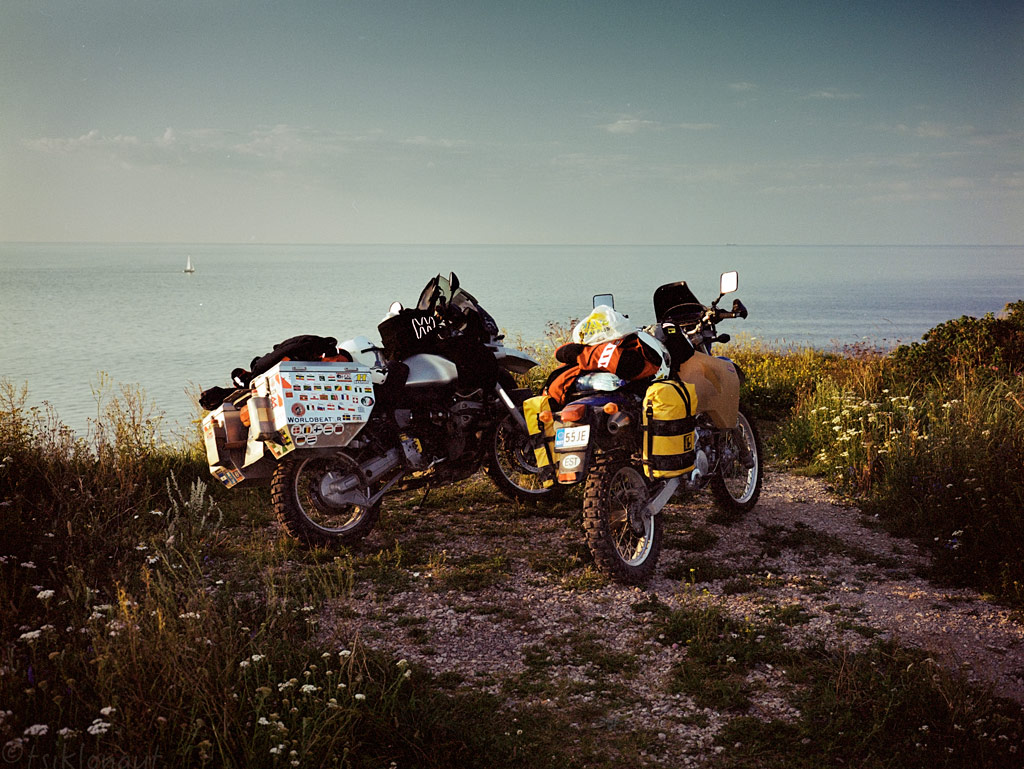
Our road to the Faroes & Iceland naturally was to be challenging with so many massive bodies of water inbetween: the Baltic Sea (Estonia-Sweden), the East Sea (Sweden-Denmark), North Sea (Denmark-Faroe Islands) & North Atlantic Ocean (Faroe Islands-Iceland) to top it all off.

Overseas by tsiklonaut
Crossing the mildly salty Baltic Sea was the first step.
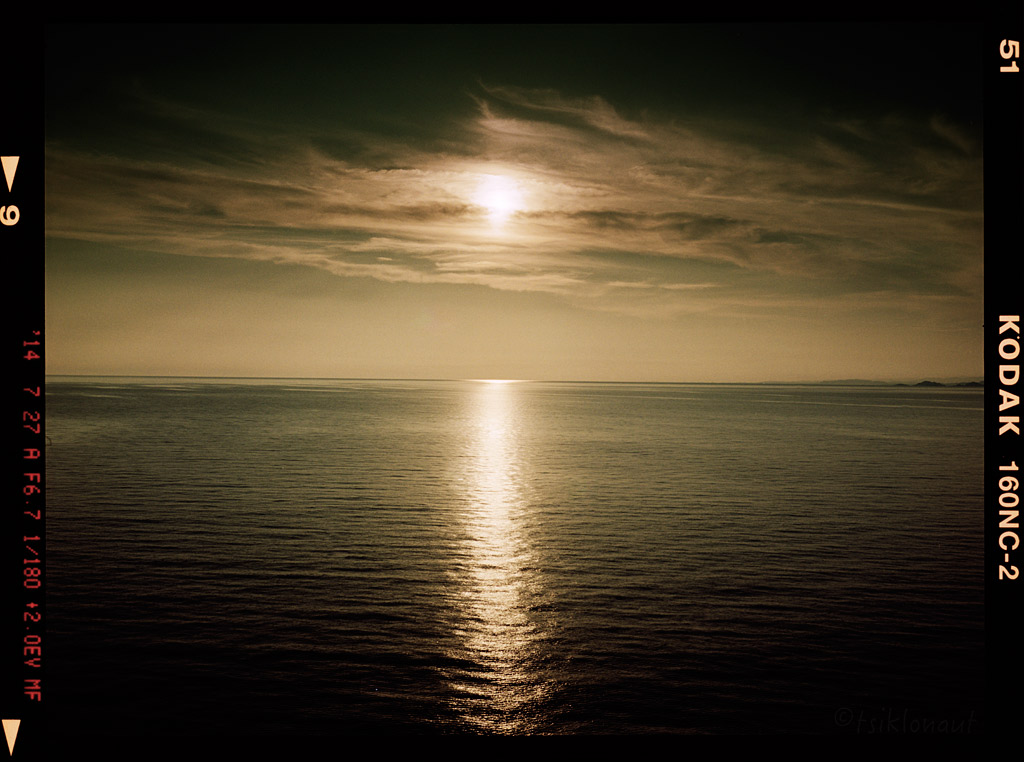

Our road to the Faroes & Iceland naturally was to be challenging with so many massive bodies of water inbetween: the Baltic Sea (Estonia-Sweden), the East Sea (Sweden-Denmark), North Sea (Denmark-Faroe Islands) & North Atlantic Ocean (Faroe Islands-Iceland) to top it all off.

Overseas by tsiklonaut
Crossing the mildly salty Baltic Sea was the first step.

tsiklonaut
Well-known
From Paldiski the ferry took us to Sweden. One important thing to point out on this little-known ferry route, mainly used by truckers, was by far the best food on all ferries sailing the Baltic Sea (and, in retrospect… the best food we had on this five-week trip, because all of the countries that we passed through on this trip are crazy expensive for us and we mostly stuck to our camping stove)! The Estonian cooks are really specialists there. We loved every bit of it, till we were fully nourished. The crossing took the whole night, and was nice and smooth. The next morning, we rolled off in Kapellskär and headed towards Göteborg some 600 kilometers away.
The ride was tiring as the temperatures soared to around +28 C with the unusual heat wave that had hit the northern parts of Europe. For Kariina, it was the first time to be on a motorway, although we couldn’t go quite as fast as most of the traffic, because 110 km/h seems to be the farthest end of the DRZ’s comfort zone. We weren’t in that big of a rush anyway, having budgeted for some time to spare before catching the ferry from Denmark to the Faroes. So we split the distance and overnighted in a random bush – luckily, in northern countries, there is enough of free space to pitch your tent.
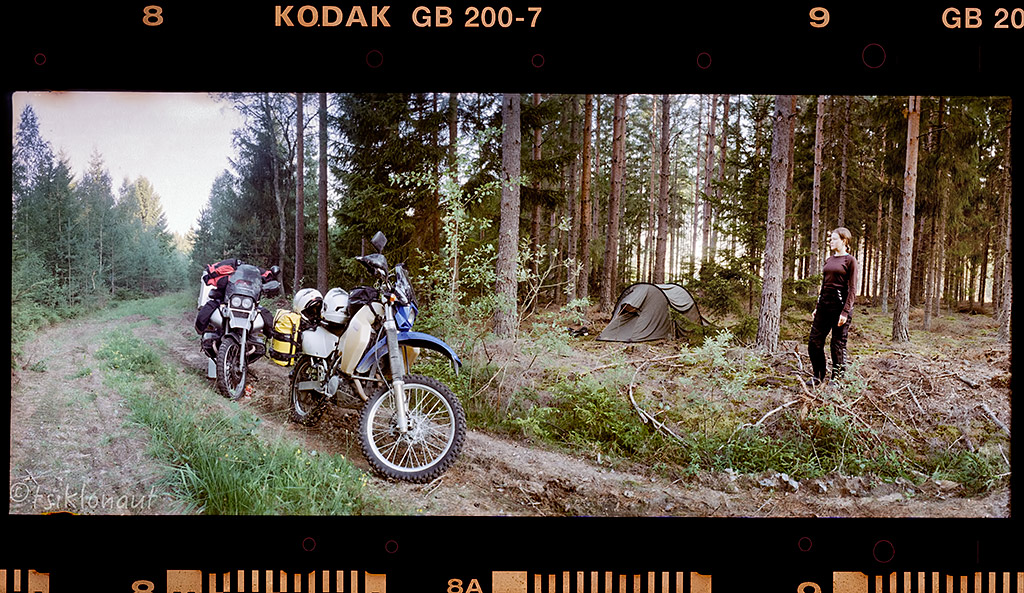
The ride was tiring as the temperatures soared to around +28 C with the unusual heat wave that had hit the northern parts of Europe. For Kariina, it was the first time to be on a motorway, although we couldn’t go quite as fast as most of the traffic, because 110 km/h seems to be the farthest end of the DRZ’s comfort zone. We weren’t in that big of a rush anyway, having budgeted for some time to spare before catching the ferry from Denmark to the Faroes. So we split the distance and overnighted in a random bush – luckily, in northern countries, there is enough of free space to pitch your tent.

tsiklonaut
Well-known
The next morning, we headed to Göteborg on the west coast of Sweden to catch another ferry to Frederikshavn, Denmark.
Göteborg is a very nice city itself:
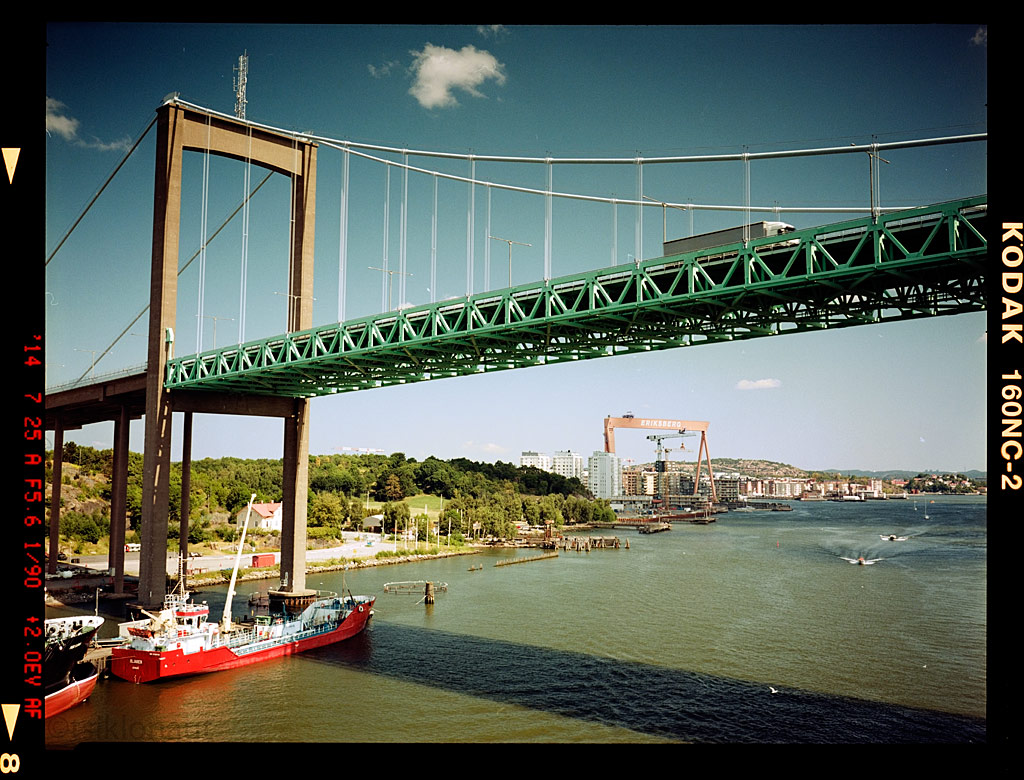
The city founded in 1621 was named after the Geats (Swedish: Götar or Gøtar), the inhabitants of Gothia, now southern Sweden. The river on which the city sits is the Göta älv or Gothia River.
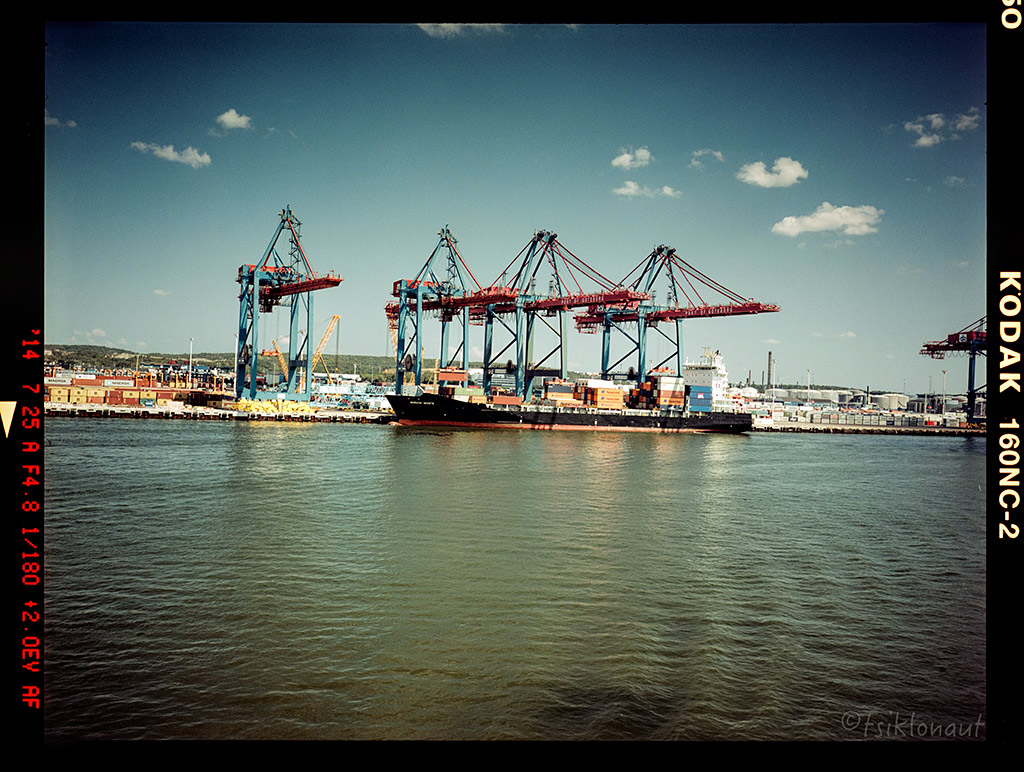
Göteborg is a very nice city itself:

The city founded in 1621 was named after the Geats (Swedish: Götar or Gøtar), the inhabitants of Gothia, now southern Sweden. The river on which the city sits is the Göta älv or Gothia River.

Black
Photographer.
Beautiful write up and images, tsiklonaut. Hopefully, you'll share more. But take your time ;-)
Very inspiring.
Very inspiring.
kiemchacsu
Well-known
Interesting adventurous trip.
I am looking forward for upcoming stories.
I am looking forward for upcoming stories.
nickthetasmaniac
Veteran
Fantastic photos and write-up, looking forward to the rest!
I do believe I spot a Hilleberg Nammatj...
I do believe I spot a Hilleberg Nammatj...
Jockos
Well-known
I used to live just behind the hill that's visible in this picture!Göteborg is a very nice city itself:

leicapixie
Well-known
Beautiful photographs, beautifully written.
Photography does not have to be shot and shown at speed of light.
Strangely using film, maybe more thought provoking,
does lead to better images!
Look forward to more.
The Pentax 67 a stunning machine with superb optics.
Your use enhances that.
Photography does not have to be shot and shown at speed of light.
Strangely using film, maybe more thought provoking,
does lead to better images!
Look forward to more.
The Pentax 67 a stunning machine with superb optics.
Your use enhances that.
dave lackey
Veteran
As usual, really amazing what I see in your images. I always look forward to seeing your posts!!! Thank you once again!!
wakarimasen
Well-known
I have stayed many times in the hotel which is on the right bank, just 'behind' this bridge
Duane Pandorf
Well-known
My son and I leave Friday for a 10 day self driving trip around Iceland. Your photos have increased my excitement for our trip.
tsiklonaut
Well-known
The ferry to Frederikshavn was a short couple-hour hop across the bay. Before heading for our Faroe Islands adventures we had time to visit the northernmost tip of Denmark, where the North Sea meets the East Sea - the Skagen Peninsula. With a population of just around 1600 it has a nice atmosphere being surrounded by the sea. The place was founded in the Middle Ages as a fishing village. Being positioned strategically in a very important spot there used to be a fortress for Nazi Germany in WW2. Some of the heavily fortified Nazi bunkers still stand today well camouflaged:
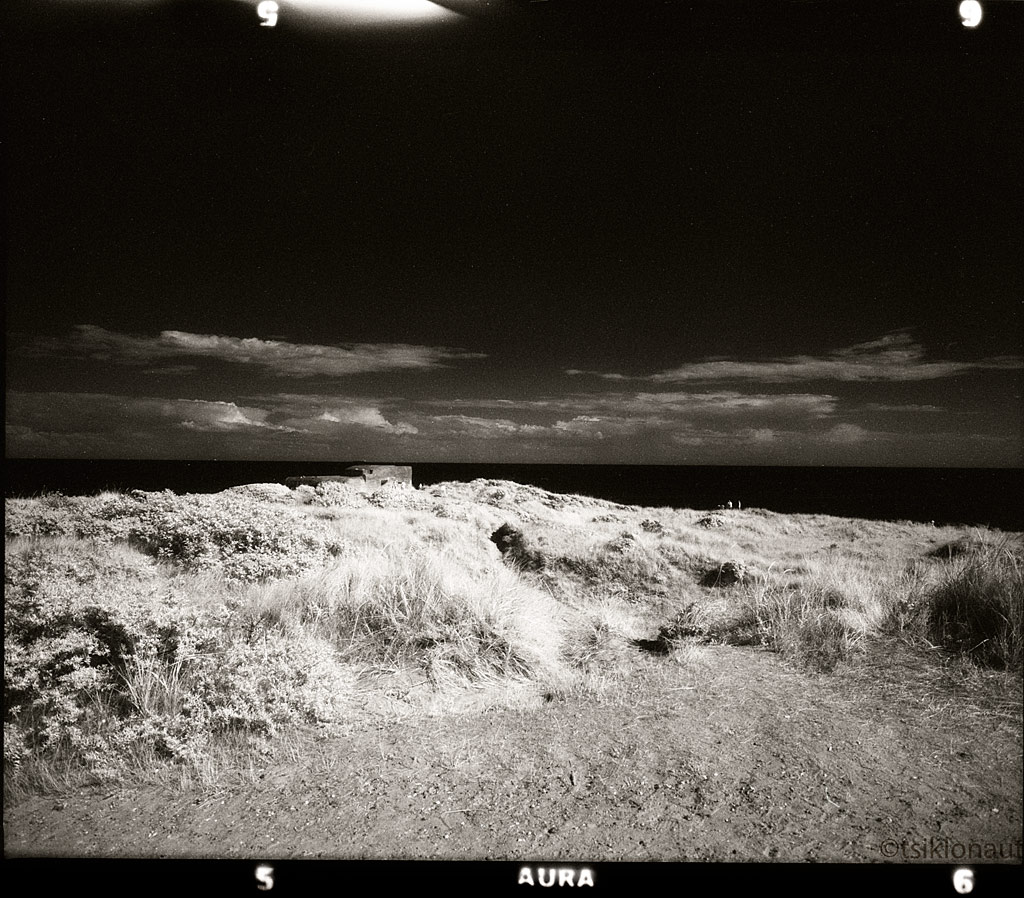
The bunkers are hard to see even on an infrared picture (you only see the light above 715 nanometers on those pictures) of the landscape.
You have to get closer too spot them.
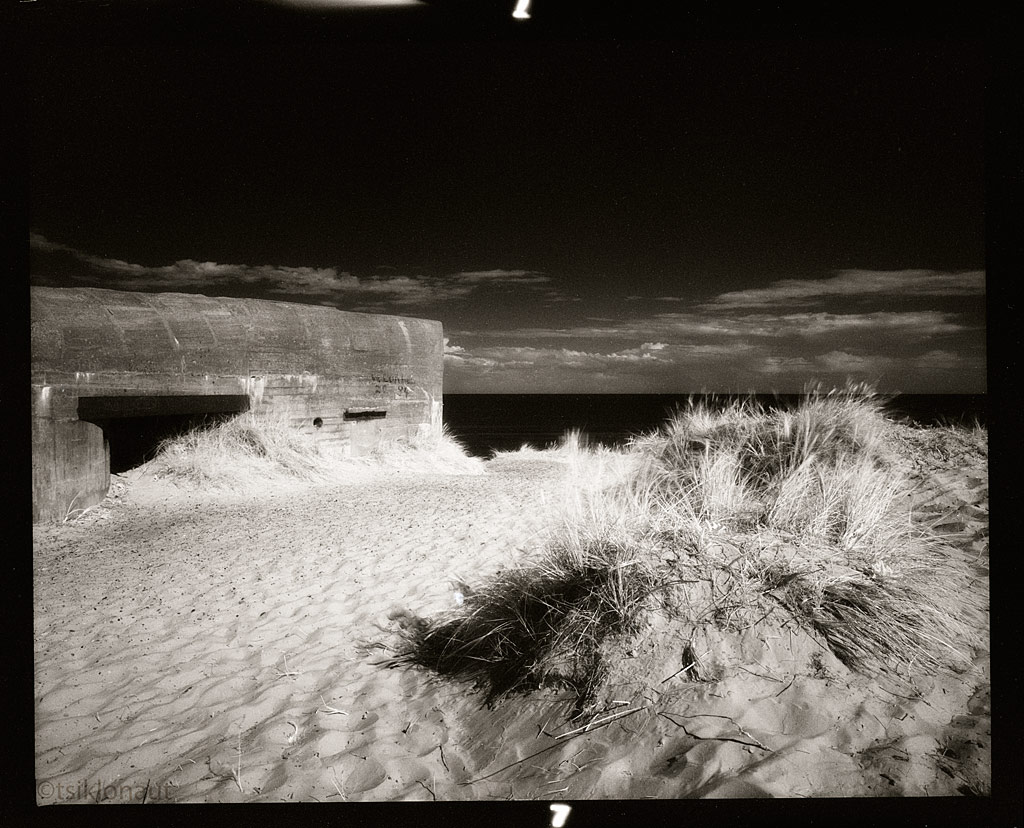
Designed to withstand even the most powerful bomb drop and the reason they're standing strong even today.

The bunkers are hard to see even on an infrared picture (you only see the light above 715 nanometers on those pictures) of the landscape.
You have to get closer too spot them.

Designed to withstand even the most powerful bomb drop and the reason they're standing strong even today.
tsiklonaut
Well-known
Interesting adventurous trip.
I am looking forward for upcoming stories.
Beautiful write up and images, tsiklonaut. Hopefully, you'll share more. But take your time ;-)
Very inspiring.
Cheers! There will be more!
Fantastic photos and write-up, looking forward to the rest!
I do believe I spot a Hilleberg Nammatj...
Yep, Hilleberg tents, the best in the world bar none. They cost nearly a fortune, but well worth it.
Our trusty Nammatj is pitched over 300 times (nights) and still going strong while super-lightweight. Our last mid-range tent completely disintegrated around 80 pitches (nights). This says alot about the quality. Designed in Sweden, Made in Estonia
Beautiful photographs, beautifully written.
Photography does not have to be shot and shown at speed of light.
Strangely using film, maybe more thought provoking,
does lead to better images!
Look forward to more.
The Pentax 67 a stunning machine with superb optics.
Your use enhances that.
Yep, film is film - you plan your shooting and 6x7 is nice.
As usual, really amazing what I see in your images. I always look forward to seeing your posts!!! Thank you once again!!
Cheers Dave!
I have stayed many times in the hotel which is on the right bank, just 'behind' this bridge
Göteborg is a very devent town indeed.
My son and I leave Friday for a 10 day self driving trip around Iceland. Your photos have increased my excitement for our trip.
You'll love Iceland, faboulous place!
Regards,
Margus
tsiklonaut
Well-known
From there we headed to Hirtshals from where the ferry took us to the Faroe Islands. Before the sun set in the ocean, we sailed past the beautiful cliffs of Southern Norway. It had been a hot day, but after the sun sunk behind the horizon, the air quickly became chilly, and we descended to our claustrophobic bunks (even this lowest budget option came at an enormous price…). As we slept below the water level (and underneath the two car decks), it was a very stable ride.
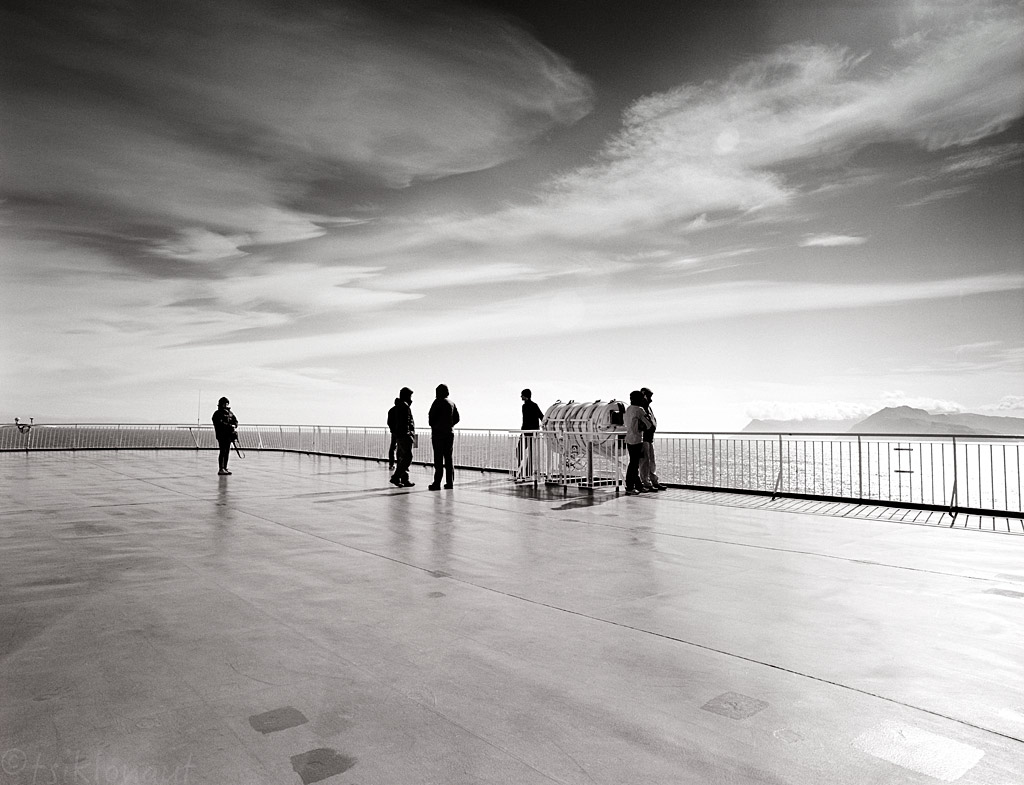
We passed the Shetland Islands the next morning, and after a full day at foggy, yet open sea the Faroe Islands were finally in our sight. And it was an epic sight, with steep rocks, half shrouded in the fog, rising from the dark, cold waters of the Atlantic. Here and there we could see torrents rushing off the steep cliffs and straight into the waves. It was an approach to remember.
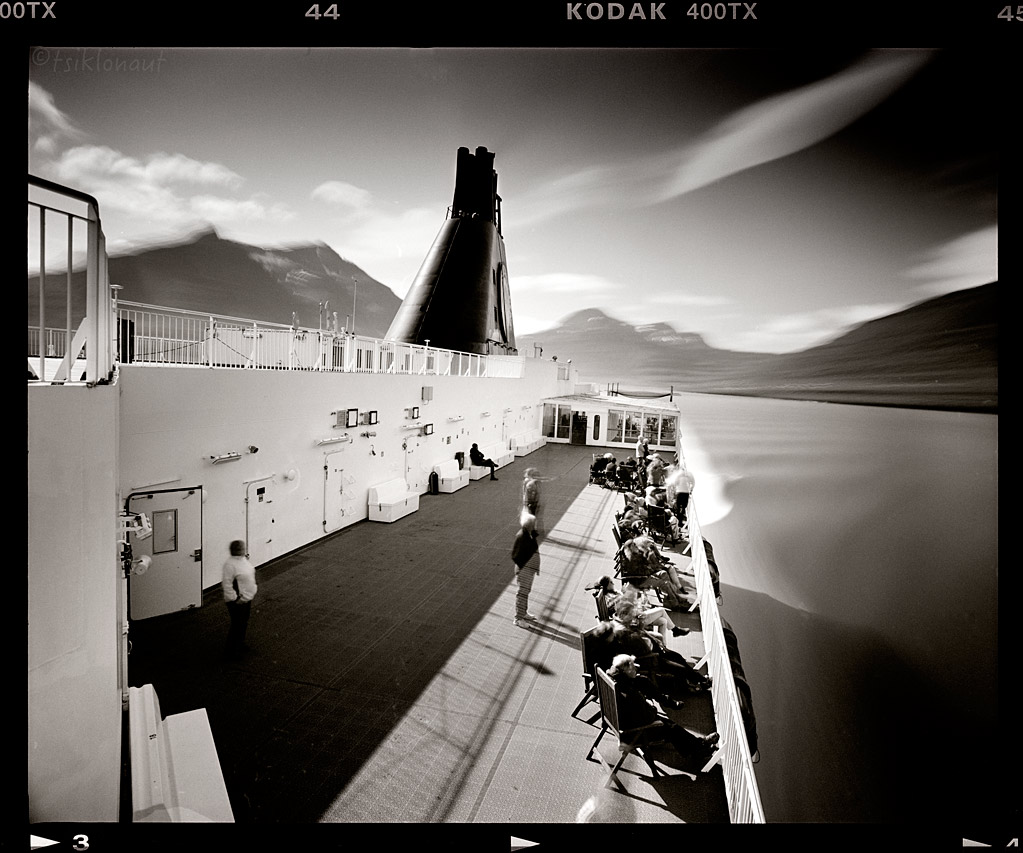

We passed the Shetland Islands the next morning, and after a full day at foggy, yet open sea the Faroe Islands were finally in our sight. And it was an epic sight, with steep rocks, half shrouded in the fog, rising from the dark, cold waters of the Atlantic. Here and there we could see torrents rushing off the steep cliffs and straight into the waves. It was an approach to remember.

tsiklonaut
Well-known
The Faroe Islands are somewhat an undiscovered jewel of the North Atlantic. As one German folk musician we encountered on the ferry put it: "Faroe Islands are like Iceland in a nutshell". Almost everything the Iceland has is there in a more compact size. Being isolated from the main lands of the World with vast distances of water it ought to be very different from anything we'd experienced.
The Faroes are an island country consisting of an archipelago of small islands between the Norwegian Sea and the North Atlantic Ocean, approximately halfway between Norway and Iceland, 320 kilometres (200 miles) north-northwest of Great Britain. The area is approximately 1,400 square kilometres (541 square miles) with a population of 48,700. The islands are an autonomous country within the Kingdom of Denmark.
We disembarked in the capital Tórshavn, with population of around 12 600 people, situated in a calm bay on Streymoy island, the largest of the Faroese group.
Our route:
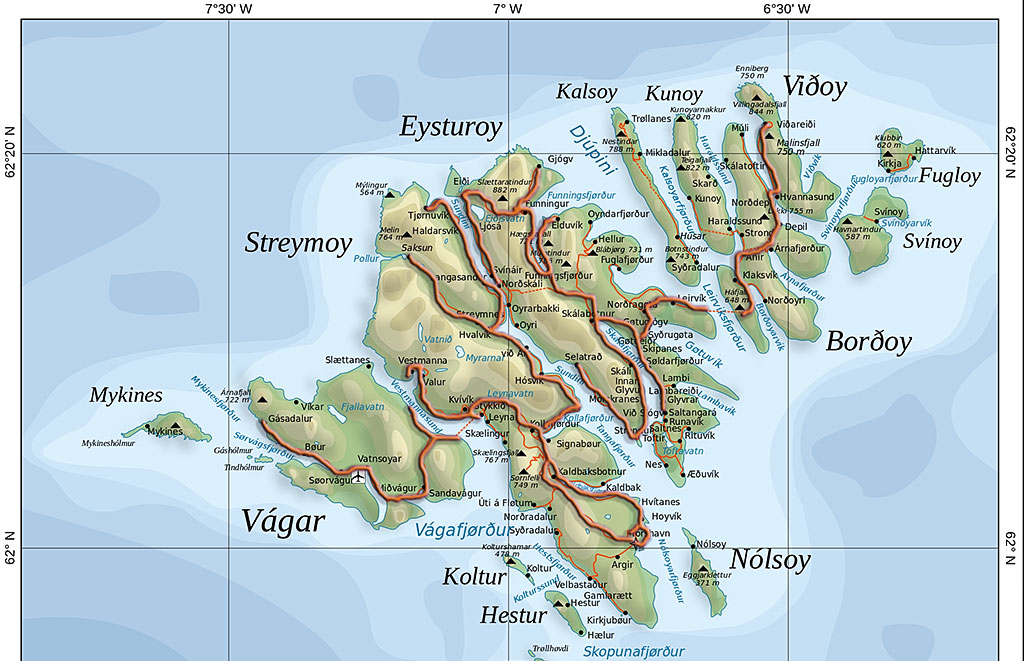
The name Faroe, Færøerne, may reflect an Old Norse word fær - sheep. The sheep are indeed a lot and mighty on those islands. The Faroese bloodthirsty sheep are legendary and infamous in fact, they outnumber the local population almost by double and have evolved over 1200 years separately to dominate the landscape and the local food chain. Particularly the prime male ram skulls are evolved uniquely so thick that you can't take them out with a regular fire weapon available to an Average Joe. If you shoot them from a short distance, with their evolved extremely thick skull and their vital parts protected with the massive horns, it will not affect them at all and the angry ram knowing which direction the bullet came from will come straight at you, close the gap fast and take you out. The legend says the Faroese government once had to use the help of military special forces with precise and high-calibre snipers that can shoot from very long distances and not being taken out in the process to control the quickly growing sheep population since the Faroese sheep often killed local peasants when in too close contact in the angry sheep dominated territory. With the special weaponry the military had some success controlling the sheep population but also suffered heavy losses of their own when the snipers missed (they had to aim through the eye socket, but sometimes missed) and were taken out even when shooting from a mile away. The Faroese rams are mighty fast runners and very capable killers indeed.
I did not manage to take a pic from those beasts since I nearly got killed, but some other brave man managed to take a pic close (I hope he survived):

A faroese ram by Erik Christensen, on Flickr
LOL, actually they aren't that dangerous, but you’ve got to be very careful with those Faroese Rams.
A quick dash around the rainy Tórshavn gave us a nice impression.
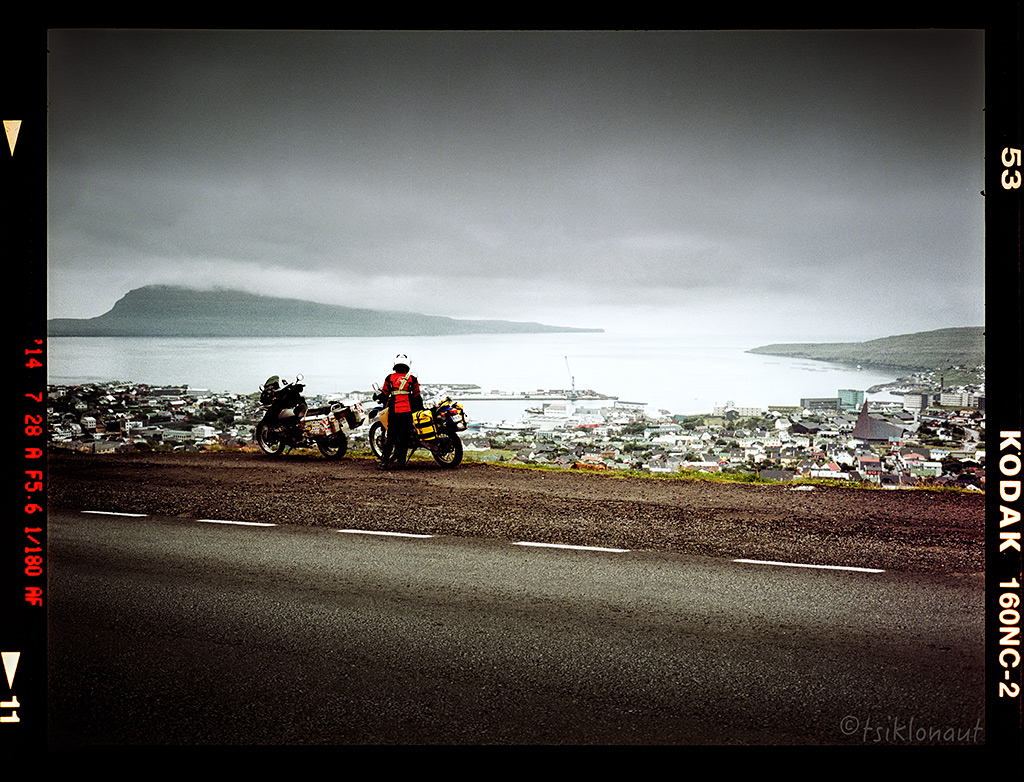
It rains some 250 days in the year here, hence not exactly attractive for bikers but this actually works as an advantage - you get to see the land few people get to see.
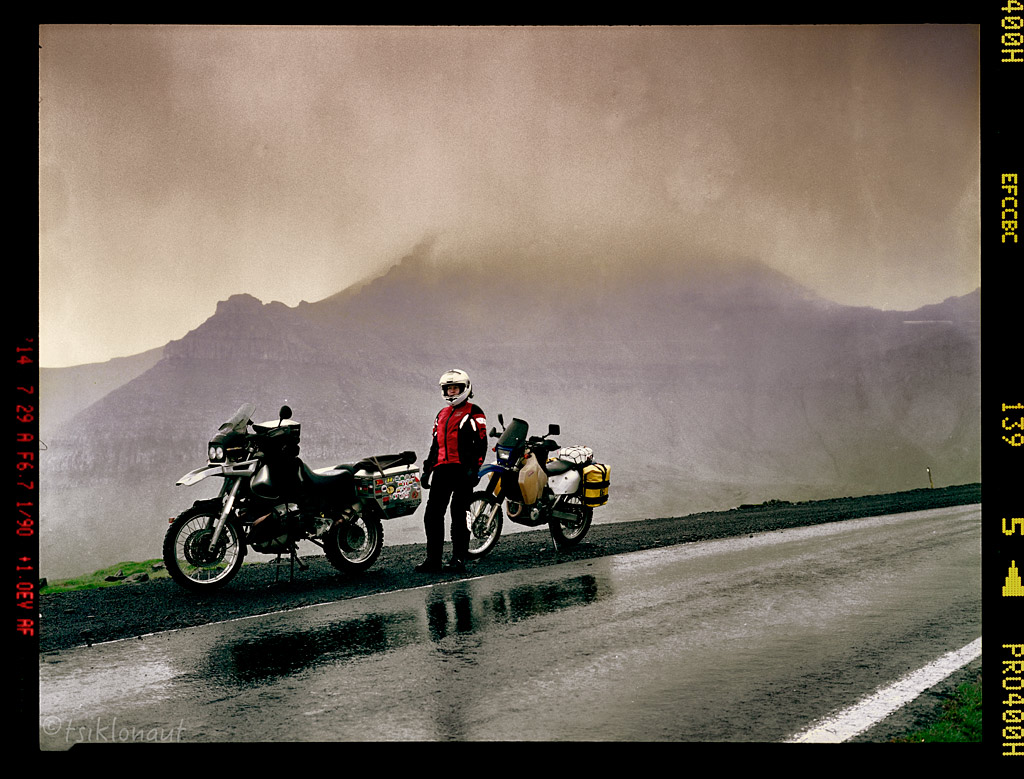
The Faroes are an island country consisting of an archipelago of small islands between the Norwegian Sea and the North Atlantic Ocean, approximately halfway between Norway and Iceland, 320 kilometres (200 miles) north-northwest of Great Britain. The area is approximately 1,400 square kilometres (541 square miles) with a population of 48,700. The islands are an autonomous country within the Kingdom of Denmark.
We disembarked in the capital Tórshavn, with population of around 12 600 people, situated in a calm bay on Streymoy island, the largest of the Faroese group.
Our route:

The name Faroe, Færøerne, may reflect an Old Norse word fær - sheep. The sheep are indeed a lot and mighty on those islands. The Faroese bloodthirsty sheep are legendary and infamous in fact, they outnumber the local population almost by double and have evolved over 1200 years separately to dominate the landscape and the local food chain. Particularly the prime male ram skulls are evolved uniquely so thick that you can't take them out with a regular fire weapon available to an Average Joe. If you shoot them from a short distance, with their evolved extremely thick skull and their vital parts protected with the massive horns, it will not affect them at all and the angry ram knowing which direction the bullet came from will come straight at you, close the gap fast and take you out. The legend says the Faroese government once had to use the help of military special forces with precise and high-calibre snipers that can shoot from very long distances and not being taken out in the process to control the quickly growing sheep population since the Faroese sheep often killed local peasants when in too close contact in the angry sheep dominated territory. With the special weaponry the military had some success controlling the sheep population but also suffered heavy losses of their own when the snipers missed (they had to aim through the eye socket, but sometimes missed) and were taken out even when shooting from a mile away. The Faroese rams are mighty fast runners and very capable killers indeed.
I did not manage to take a pic from those beasts since I nearly got killed, but some other brave man managed to take a pic close (I hope he survived):

A faroese ram by Erik Christensen, on Flickr
LOL, actually they aren't that dangerous, but you’ve got to be very careful with those Faroese Rams.
A quick dash around the rainy Tórshavn gave us a nice impression.

It rains some 250 days in the year here, hence not exactly attractive for bikers but this actually works as an advantage - you get to see the land few people get to see.

Jerevan
Recycled User
Pretty strange to see familiar places (Skagen and Göteborg) from other angles ... love your photographs.
I've spent a fair bit of time in Estonia (I guess I left part of my soul on the shores of Peipsi Järv...) and I would love to go back some day.
I've spent a fair bit of time in Estonia (I guess I left part of my soul on the shores of Peipsi Järv...) and I would love to go back some day.
tsiklonaut
Well-known
Every island or hilly peak has its own microclimate and is more varied than you'd assume from the weather statistics. From warm to cold, wet to dry:
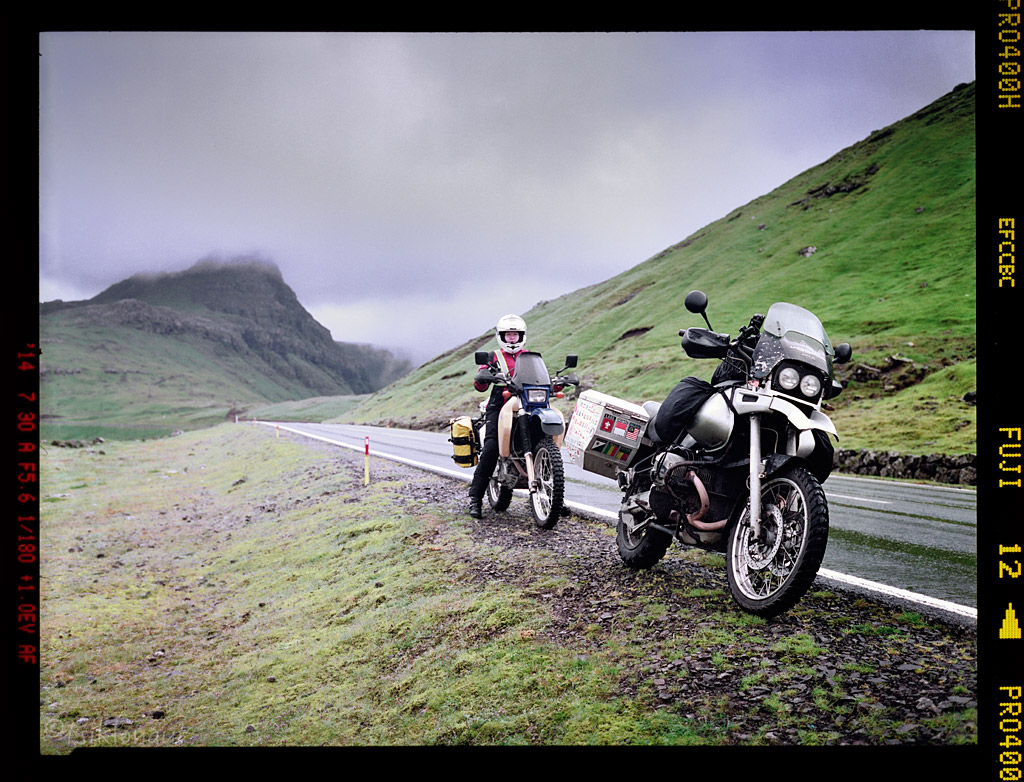

tsiklonaut
Well-known
Pretty strange to see familiar places (Skagen and Göteborg) from other angles ... love your photographs.
I've spent a fair bit of time in Estonia (I guess I left part of my soul on the shores of Peipsi Järv...) and I would love to go back some day.
Yep, I know the feeling. I get the same about Estonia when other photographers visit it.
Peipsi is my fave too, espesially the northern beaches and also the leg to Vask Narva. With that taste in mind be sure to visit Hiiumaa or Saaremaa islands in the Baltic Sea the next time you visit, you'll love them I reckon.
Lake Peipsi in north:

Shore by tsiklonaut, on Flickr
Share:
-
This site uses cookies to help personalise content, tailor your experience and to keep you logged in if you register.
By continuing to use this site, you are consenting to our use of cookies.
